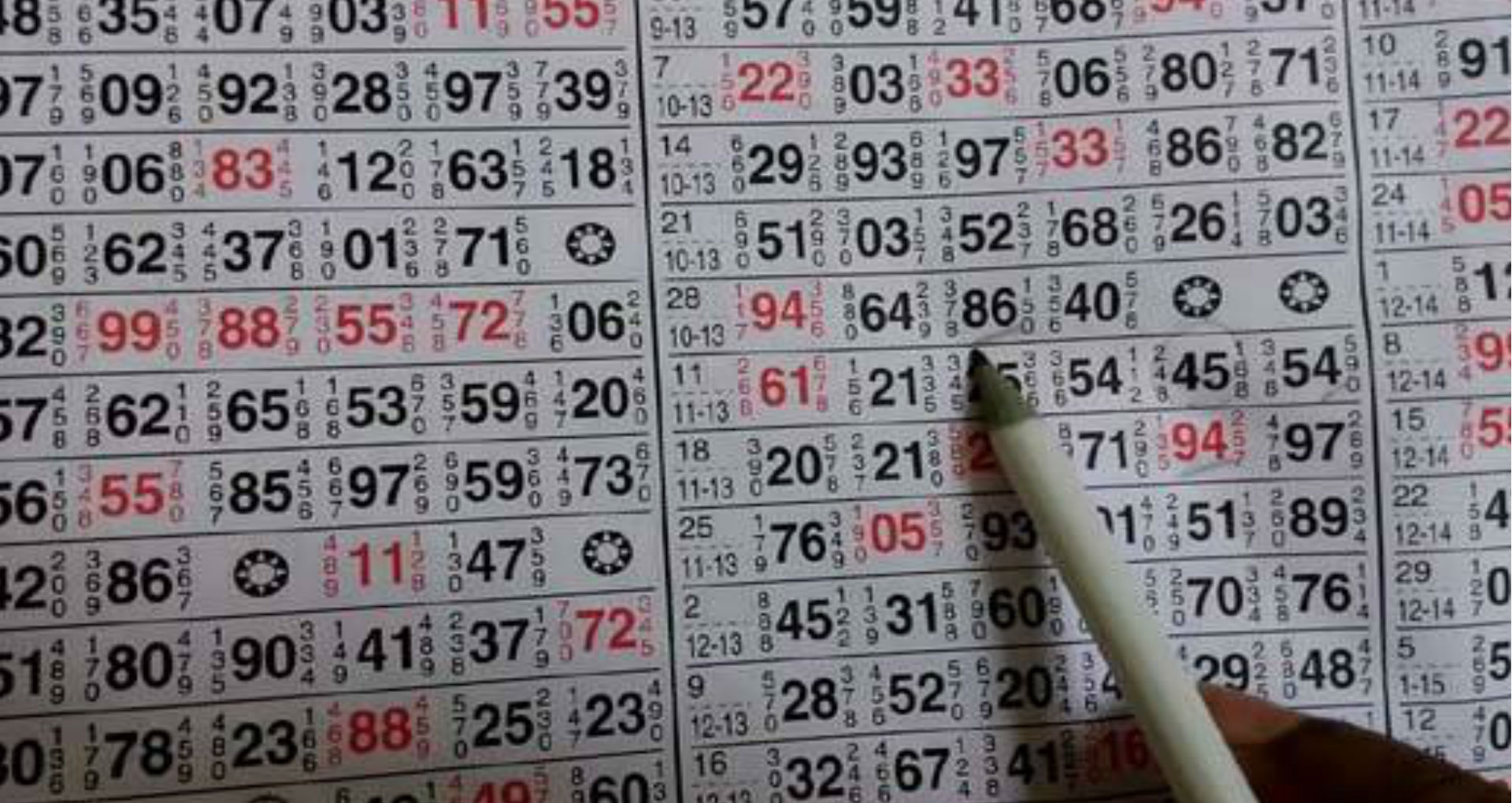Origins of Satta Matka
“Satta” literally means gambling. The terminology has been in use for a very long time in India. Satta Matka started off as a lottery in which people bet on the opening and closing rates of cotton which was been transmitted from the New York Cotton Exchange. The cotton rates were sent to the Bombay Cotton Exchange through teleprinters. This had been in existence even before the Indian Independence!
Over the years, this got replaced with alternative ways of generating random numbers such as pulling out slips from a large pot generally known as the ‘Matka’. Thus, the name Matka Gambling became famous. Indian Matka or Satta Matka is completely based on a random selection of numbers and bidding.
In order to win, you must bet on the lucky number. The game requires you to choose the correct number to win the game and to become the ‘Satta’ king. The game is quite rewarding as the winner takes all, and this can be a big financial gain for any individual. Basically, the result of the ‘Satta Matka’ is dependent on making the right number choice.
Who is a Matka King?
Satta Matka was a fully-fledged lottery game and was started even before the Indian Independence. At that time, it was also popularly known as ‘Ankada Jugar‘, meaning “figures gambling”. The game has evolved over time while the name ‘Matka’ has stayed. The game reached its peak between the 1980s and 1990s.
Before the crackdown of the Mumbai Police on the Matka system, this game saw a turnover of Rs.500 crore on a monthly basis. Following this, people started betting on sports matches such as cricket. Any individual who has won a large amount of money through Matka gambling is known as the Matka King or Satta King.
As of today, only three individuals have managed to hold the honour of being the Matka Kings, namely Kalyanji Bhagat, Ratan Khatri and Suresh Bhagat. Ratan Khatri is known to be the king of Satta Matka and is also the founder of this game.
How to Play Satta Matka?
- Ratan Khatri, the King of the Satta Matka from the 1960’s to 1990 introduced the idea of declaring the opening as well as the closing rates of imaginary products.
- In the game, numbers starting from 0 to 9 would be written on small paper pieces and put into a matka, an earthen pot or pitcher. A person would draw the chit and then announce the winning numbers.
- Over time, the game saw few changes in terms of its rules and practices. Instead of drawing random numbers, the game was now played by drawing three random cards from a deck of playing cards and using the numbers present on them.
- In the year 1962, Kalyanji Bhagat another king of the Satta Matka and also a grocery shop owner from Worli, came up with the Kalyan Worli Matka. In this, even the beggars could place wagers with as little as Rs. 1.
- Within a span of two years, Ratan Khatri introduced the New Worli Matka in the year 1964 but with few modifications to the original rules of the game.
- The Matka of Kalyanji Bhagat used to run on a daily basis. However, Ratan Khatri’s Matka used to run for only six days a week.
- When Bombay saw the growth of textile mills, several mill workers also started playing Matka. This led to bookies setting up their shops near the mill areas. This is the reason why Central Mumbai became the hub of the Matka business.
Terminologies used in Satta Matka
- Matka: This term means ‘earthen pot.’ Random chits of numbers were placed in a pot or matka, and winning numbers were picked from it.
- Single: Single is any digit ranging from 0 to 9.
- Jodi/Pair: This refers to any pair of digits ranging from 00 to 99.
- Patti/Panna: This refers to the 3-digit winning number that comes from the betting results. All the three digits are referred to as panna/patti.
- Open result/close result: The entire outcome of the betting is divided into two parts- The first part is referred to as “Open” while the second part is referred to as “Close”.
- SP/DP/TP: SP, DP and TP are referred to as Single Patti, Double Patti and Triple Patti respectively. It refers to how many similar numbers are present. Examples of the same are 123, 112 and 111 respectively.
- Cycle Patti: The last two digits of a Patti are referred to as CP or Cycle Patti. For instance, if 125 is the Patti, then the 25 will be the Cycle Patti.
- Farak: It basically refers to the difference between the open and closed result. For instance, if the winning pair is 83, then the Farak is 8-3= 5.


In 1961, matka game was launched as a number-based lottery game. The players had the option to place bets by choosing numbers ranging from 0 to 9. Also, they have the option to participate in Matka draws taking place in various parts of Bombay, including Worli. The lottery game reached its peak during the 1980s and 1990s when weekly betting volume exceeded 500 crores. Read more: Sattamatkalive.com